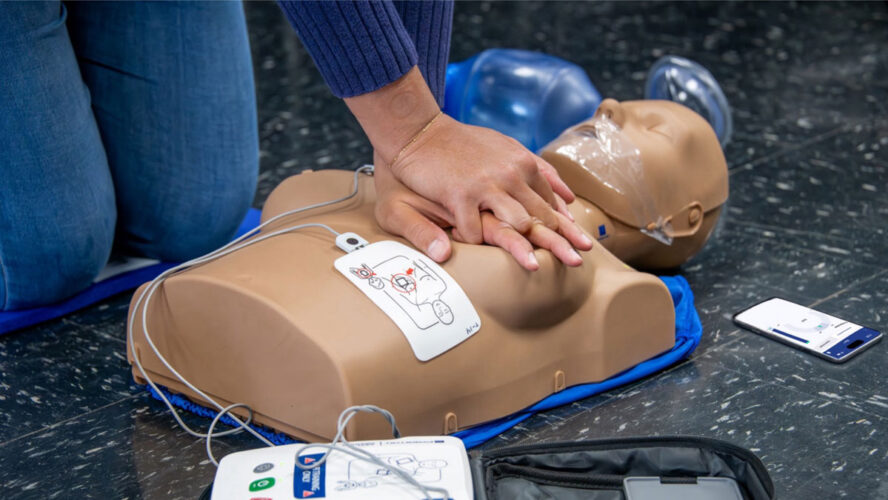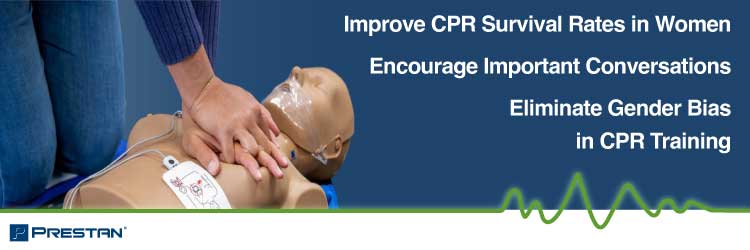
Ed Feil
VP of Global Sales and Marketing, PRESTAN

Dr Aubi Nemeth DNAP, CRNA
Owner and Instructor, Sixth City CPR
Improve cardiopulmonary resuscitation (CPR) training with the right tools that can overcome gender barriers and enable life-saving CPR for women during cardiac emergencies.
Cardiovascular disease remains a leading cause of death for women worldwide. Yet, only 44% of women recognise it as their greatest health threat.1 More troubling, women are significantly less likely to receive bystander CPR than men — 39% compared to 45%. This gap translates into lives lost; men’s odds of surviving a cardiac arrest are 23% higher.2
CPR training awareness and readiness
These numbers represent mothers, daughters, sisters and friends whose chances of survival are diminished not by the severity of their condition alone but by inaction or hesitation. Deep-seated fears and misconceptions — such as anxiety about inappropriate contact, causing harm or lack of awareness — often prevent timely intervention. CPR training is not just about technique; it is about building the readiness to save a life when every second counts.
When CPR training reflects the diversity
of the people it aims to protect, we stand
a greater chance of closing survival gaps.
Gender-inclusive tools in CPR training
For decades, CPR manikins have largely been designed to represent male anatomy, which means trainees often lack experience in practising on a female form. This can subconsciously reinforce uncertainty, further widening the gap in real-world response rates.
This is why gender-inclusive tools are an essential part of advancing equality in emergency response. The PRESTAN Female Manikin was developed to help close this gap. It offers a realistic representation that encourages discussion, dispels myths and builds familiarity. Ed Feil, PRESTAN VP of Global Sales and Marketing, says: “This female manikin furthers that mission by ensuring our training tools reflect the diversity of real-life situations.”
Ensuring people are prepared to respond
By integrating such tools into training, educators can address the specific fears and biases that lead to hesitation, ensuring every student is prepared to respond to anyone in need.
Dr Aubi Nemeth DNAP, CRNA, Owner and Instructor of Sixth City CPR, adds: “As CPR instructors, part of our responsibility is ensuring our students are fully equipped to act without hesitation. Having a manikin with breasts is a vital step in removing the biases that have existed in CPR training for too long.”
When CPR training reflects the diversity of the people it aims to protect, we stand a greater chance of closing survival gaps and ensuring that lifesaving skills reach those who need them most.
[1] American Heart Association. 2020. Heart disease awareness decline spotlights urgency to reach younger women and women of color.
[2] American Heart Association. 2020. Women need CPR too.




